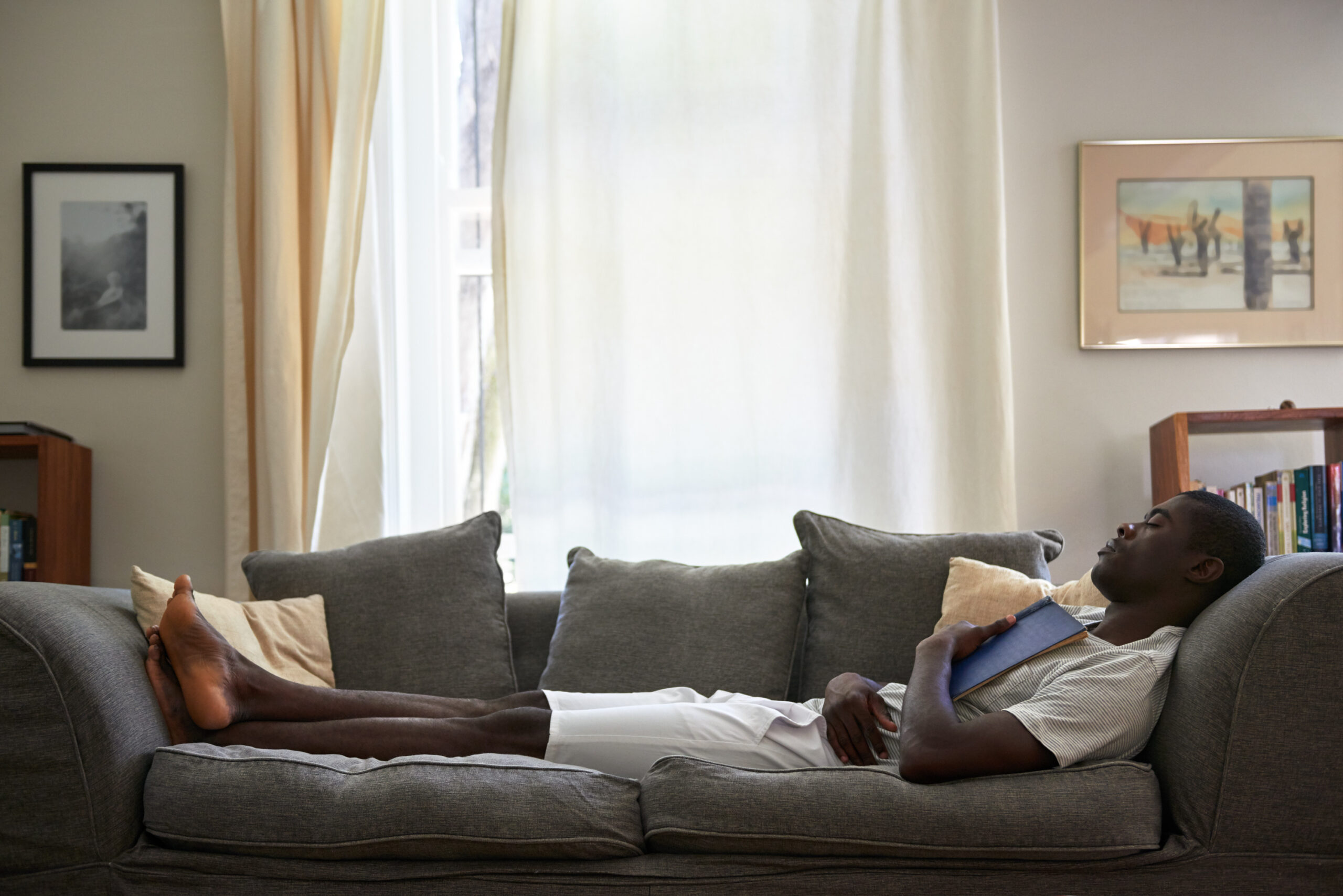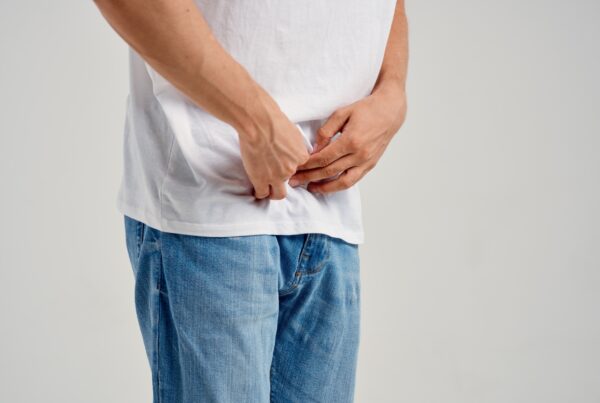A vasectomy is a straightforward, minimally invasive procedure, but like any medical intervention, it requires proper care during recovery to ensure a smooth healing process. While the recovery period is usually short, typically lasting a few days to a week, it’s essential to follow post-operative guidelines to avoid complications and discomfort.
Many men may feel uncertain about what they can or should do during recovery. This post aims to ease those concerns by offering practical advice and suggestions to keep you comfortable, entertained, and engaged while you heal. Whether you’re wondering how much rest you need or how to make the most of your downtime, these five tips will help you through the process.
Take It Easy and Rest
Immediately after your vasectomy, rest should be your top priority. While vasectomy is an outpatient procedure that allows you to go home the same day, the first 24 to 48 hours are very important for recovery. It’s important to avoid strenuous activities, heavy lifting, or anything that might strain the surgical area.
What You Can Do:
- Set up a comfortable space with everything you need nearby: pillows, blankets, your phone, and snacks.
- Binge-watch your favorite TV shows or start a new series.
- Read that book you’ve been putting off or dive into audiobooks or podcasts if you prefer to rest your eyes.
This period of rest is essential not just for physical recovery but also to give your mind a break, especially if you’ve been feeling anxious leading up to the procedure. Embrace the downtime, as it’s temporary and will pay off in the long run.
Use Cold Packs for Comfort
Swelling and discomfort in the groin area are common after a vasectomy. To reduce swelling and ease pain, cold therapy is often recommended. Applying an ice pack can help minimize inflammation and alleviate any soreness.
How to Use Cold Packs Safely:
- Use a cloth or towel between the ice pack and your skin to avoid frostbite.
- Apply the cold pack for 15-20 minutes every hour during the first day.
- Continue cold therapy for the next few days, as needed, to manage swelling and discomfort.
It’s important to avoid using heat, as this can increase blood flow to the area and may prolong healing. Stick to cold packs, follow your doctor’s recommendations, and let your body heal naturally.
Stay Engaged with Light Activities
While you’re resting, you don’t need to be completely inactive. You can still keep your mind engaged with light activities that don’t require much physical effort. Focusing on mental stimulation can keep boredom at bay and help the time pass more quickly.
Ideas for Staying Engaged:
- Puzzles or Brain Games: Crosswords, Sudoku, and other puzzle games can keep your brain sharp while you recover.
- Reading: Whether it’s a novel, an informative article, or an interesting blog, reading can help you pass the time and learn something new.
- Writing or Journaling: If you enjoy writing, use this time to start a journal or work on creative writing projects.
- Art or Crafts: Light artistic activities such as sketching, coloring, or knitting can be a soothing way to stay occupied without much physical strain.
These activities can help shift your focus from any discomfort and make the recovery period more enjoyable. Just remember to avoid anything too physically demanding.
Eat Light, Nutritious Meals
Proper nutrition is essential for a smooth recovery. Eating light, balanced meals can help reduce any nausea you might feel from medications or the procedure itself. A nutrient-rich diet supports the body’s healing process and gives you the energy you need to recover faster.
What to Include in Your Meals:
- Lean proteins like chicken, fish, tofu, and beans, which promote tissue repair.
- Fruits and vegetables rich in vitamins and minerals to support immune function and reduce inflammation.
- Whole grains like oatmeal, brown rice, and whole wheat bread to provide energy.
- Hydration: Drink plenty of water to stay hydrated, which helps the body heal more effectively.
Avoid heavy, greasy, or overly rich foods that might upset your stomach, and make sure to follow any specific dietary recommendations from your healthcare provider.
Catch Up on Self-Care and Relaxation
One of the perks of recovery time is the opportunity to focus on self-care. With your usual responsibilities on hold, you can take advantage of the downtime to do things that help you relax and recharge mentally.
Self-Care Ideas During Recovery:
- Meditation or Deep Breathing: These practices can help you stay calm and reduce any anxiety about the recovery process.
- Listening to Music or Nature Sounds: Soothing music or ambient sounds can create a relaxing environment to help you unwind.
- Gentle Stretching (Once Approved by Your Doctor): Light stretching can help reduce stiffness from sitting or lying down for long periods, but always check with your doctor before incorporating any movement into your recovery routine.
This is your time to prioritize rest and relaxation. Don’t rush the recovery process—take things one day at a time, and soon you’ll be back to your regular activities.
Recovery Timeline: What to Expect
A typical vasectomy recovery follows a general timeline, though individual experiences can vary based on factors such as overall health and adherence to post-operative instructions.
- Day 1-2: Rest is crucial. You should focus on staying off your feet and managing discomfort with cold packs and prescribed medications. Avoid any physical activity, including walking for extended periods.
- Day 3-5: You’ll likely experience less swelling and soreness, but it’s still important to avoid strenuous activity. Light walking around the house is usually acceptable.
- Week 1: By the end of the first week, many men begin to feel more like themselves, though it’s essential to continue avoiding heavy lifting, intense exercise, or sexual activity.
- Week 2: Depending on your doctor’s advice, you may be cleared to resume regular activities, including sexual intercourse. However, always follow up with your healthcare provider to ensure everything is healing properly.
When to Seek Medical Help
While complications after a vasectomy are rare, it’s important to be aware of any signs that may indicate a problem. Contact your doctor if you experience:
- Significant swelling that doesn’t go down after a few days.
- Severe or increasing pain that isn’t relieved by pain medications.
- Fever or signs of infection, such as redness, warmth, or discharge at the incision site.
- Blood in your urine or prolonged bleeding from the incision.
Prompt medical attention can prevent minor issues from becoming more serious, ensuring your recovery stays on track.
Final Thoughts
Recovering from a vasectomy is generally a straightforward process, but it’s important to take it seriously. By following these tips—resting, using cold packs, engaging in light activities, eating well, and prioritizing self-care—you can help your body heal efficiently and minimize discomfort.
Remember, recovery is temporary, and the long-term benefits of a vasectomy—such as the peace of mind that comes with reliable contraception—are well worth it. Take this time to relax, recharge, and look forward to resuming your normal routine with confidence.





